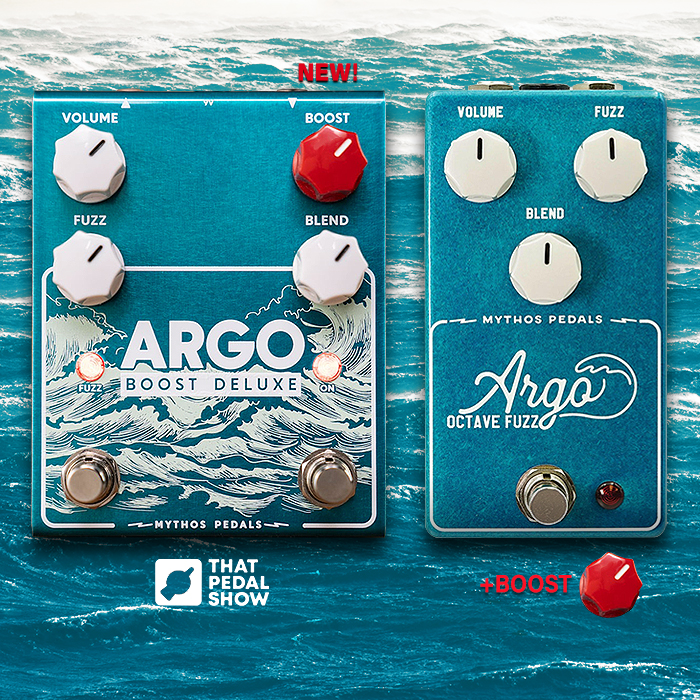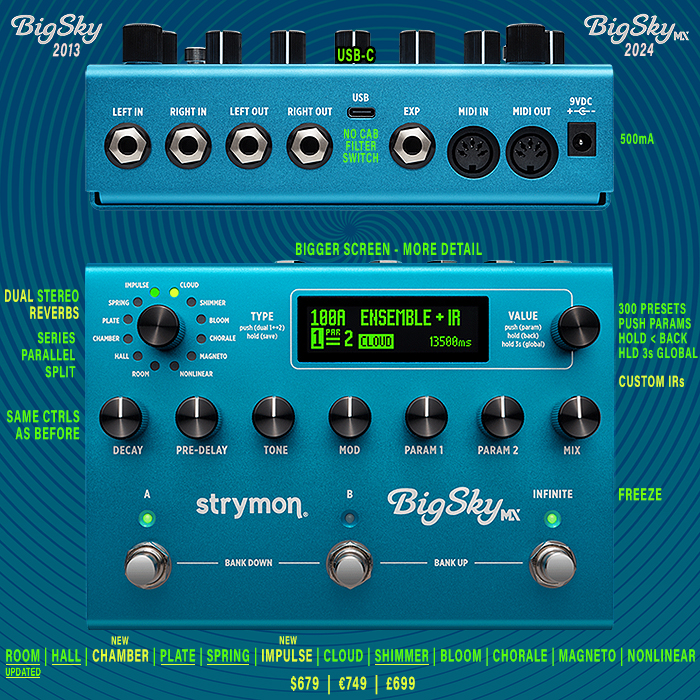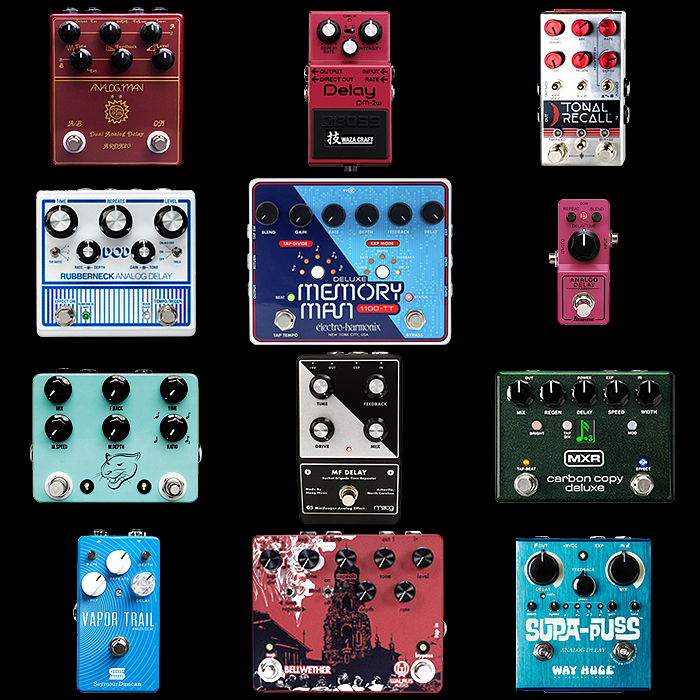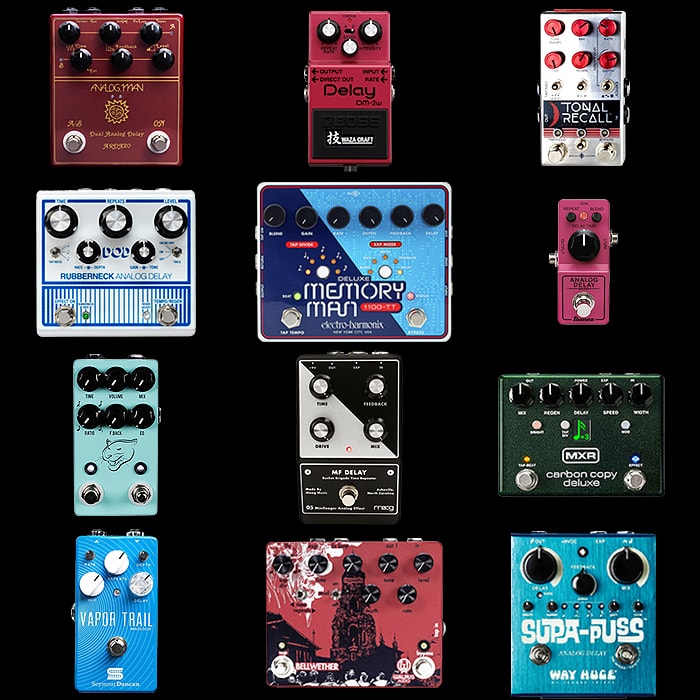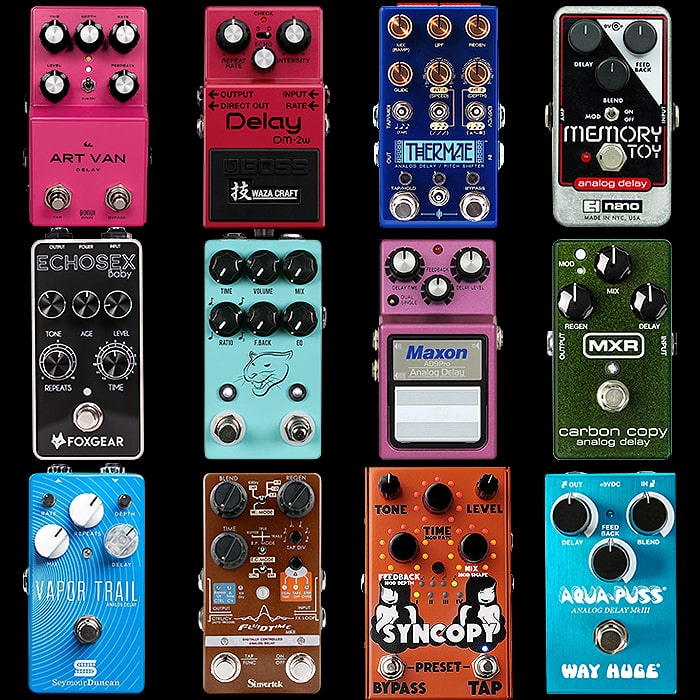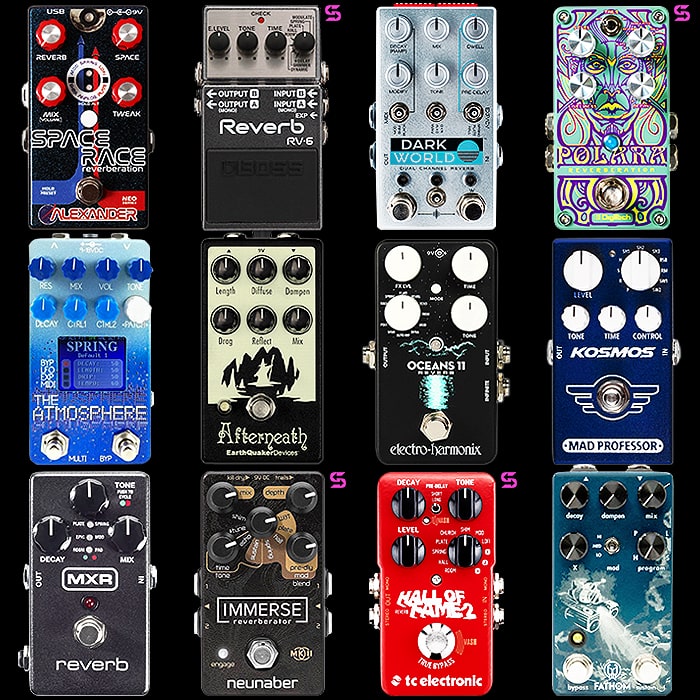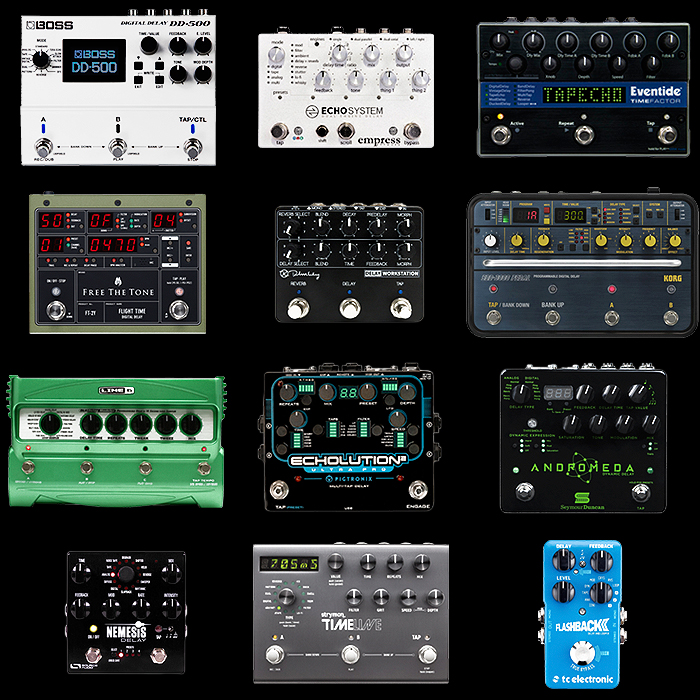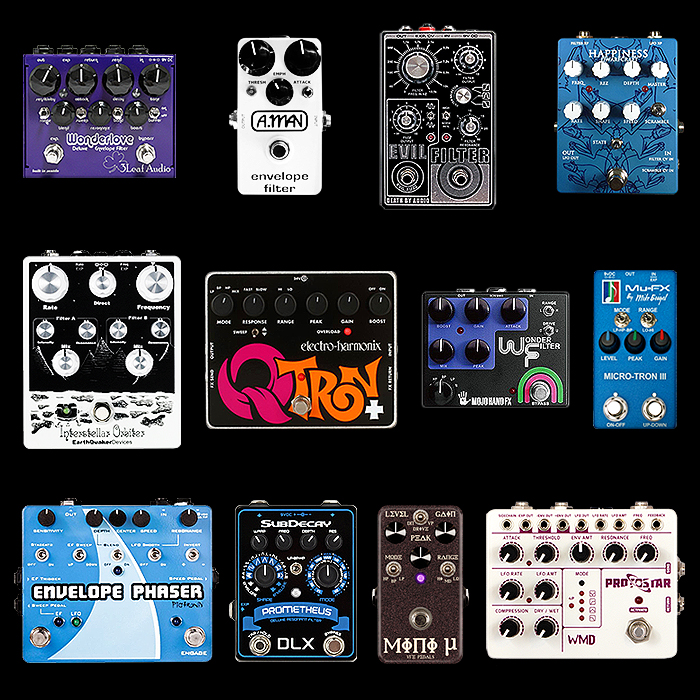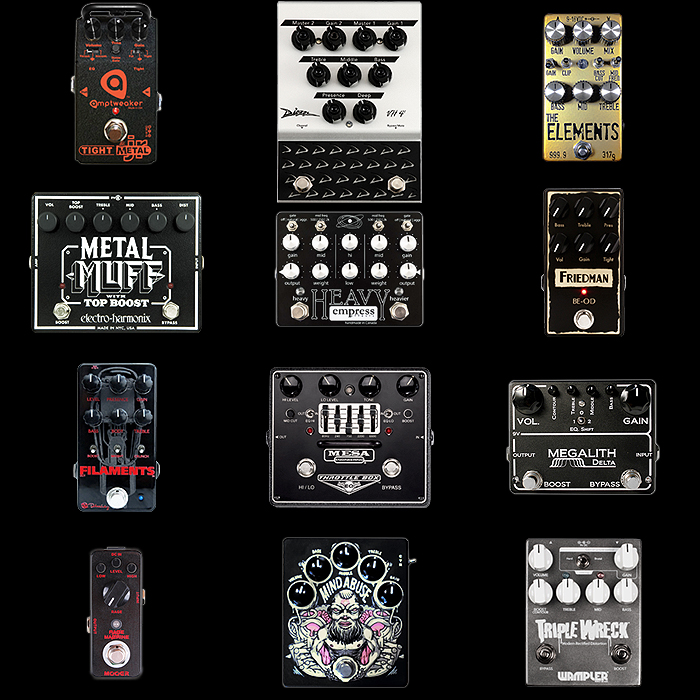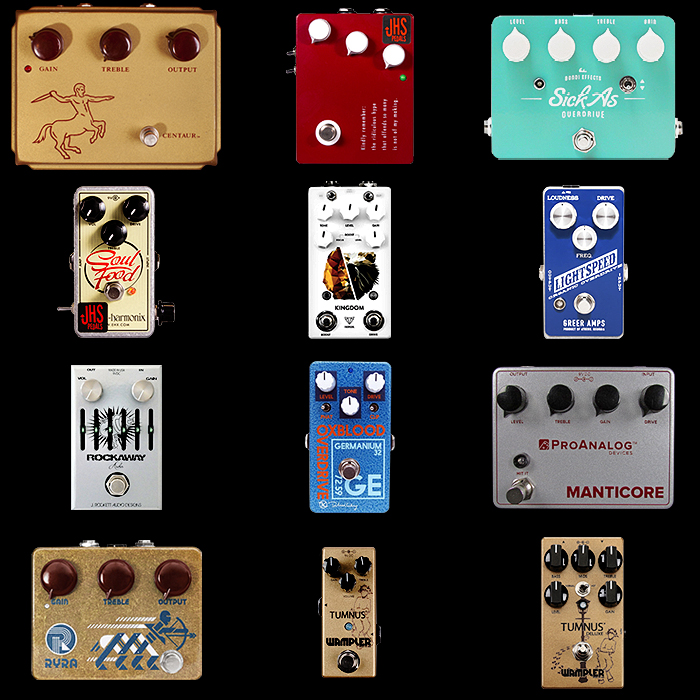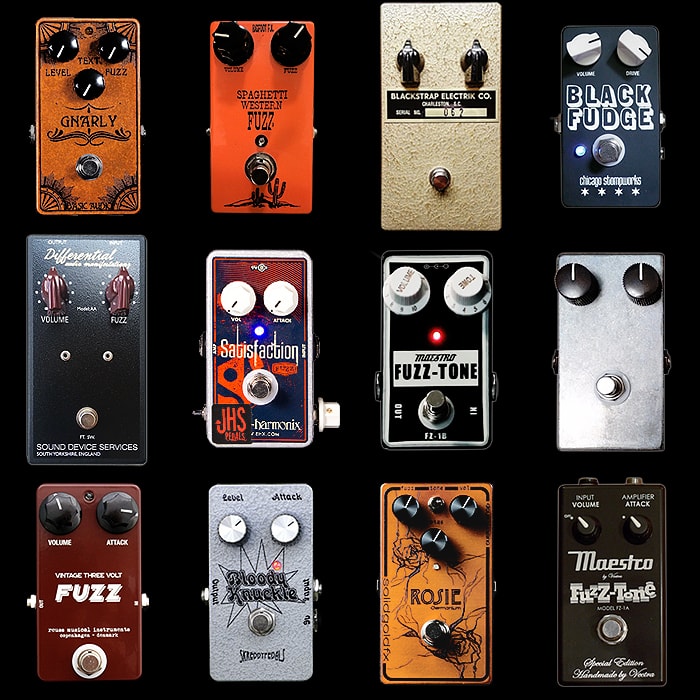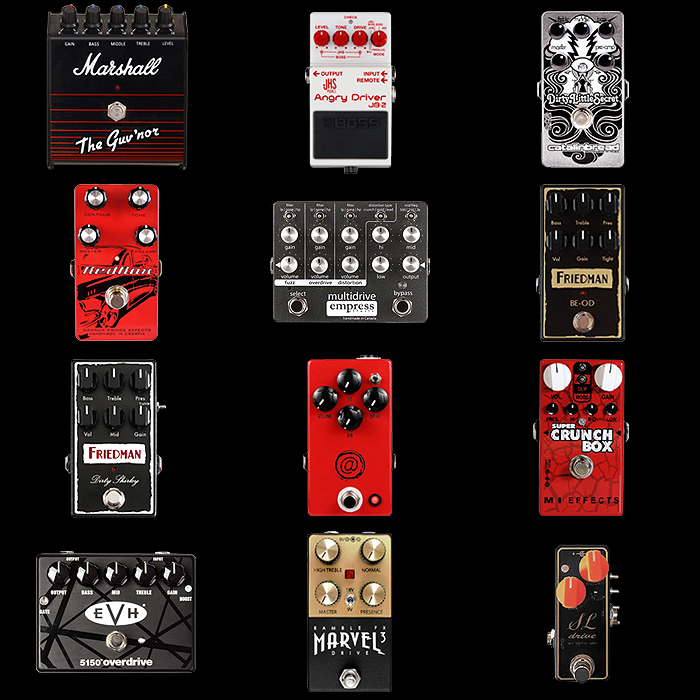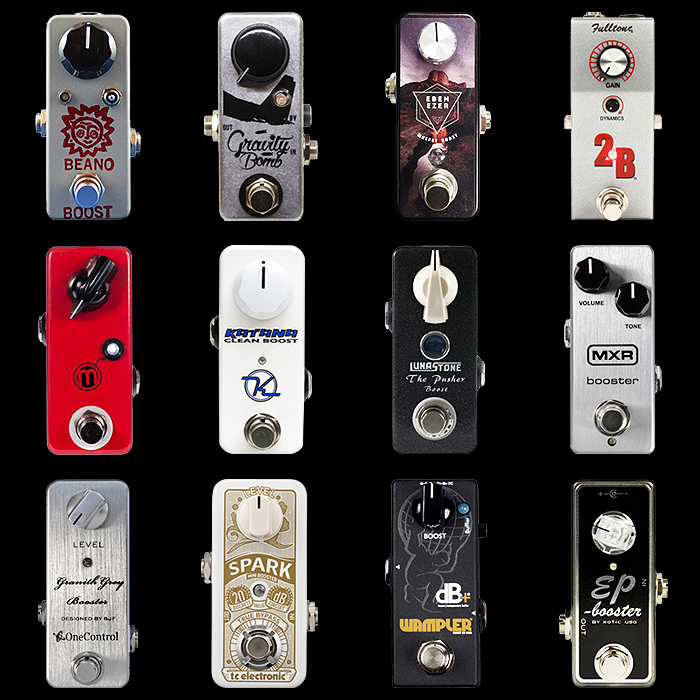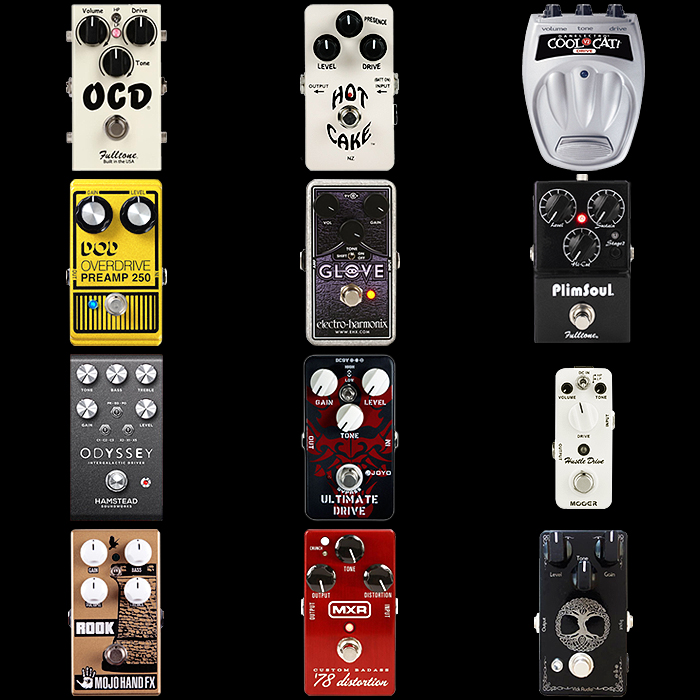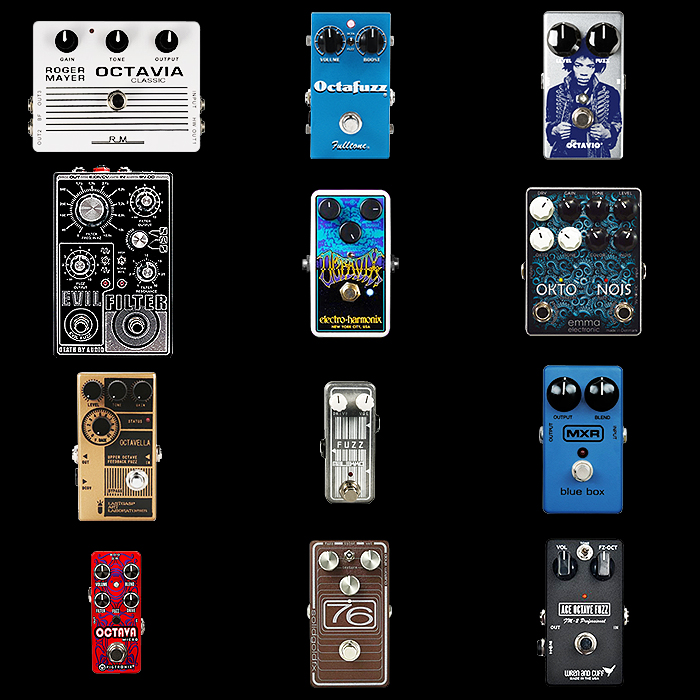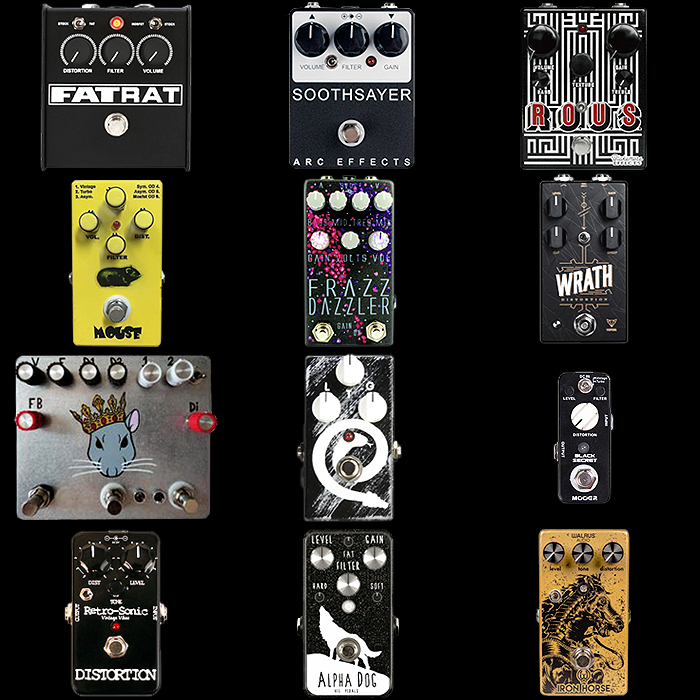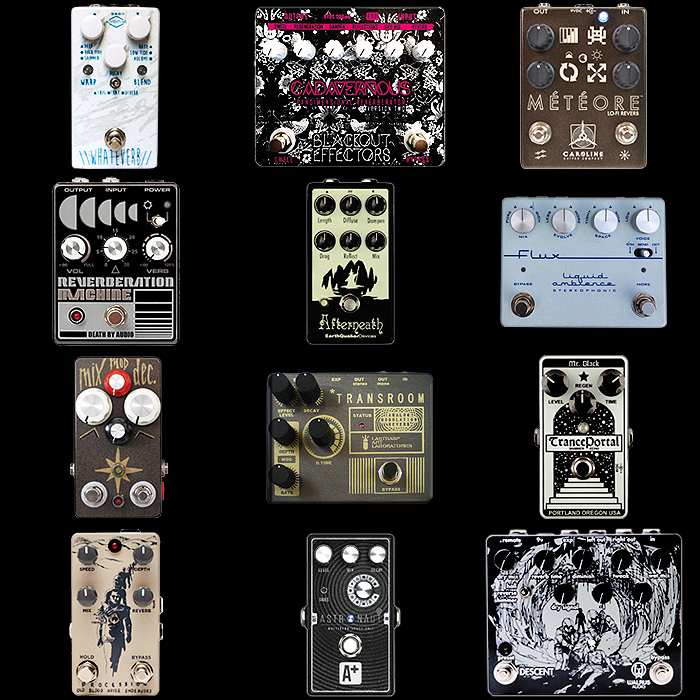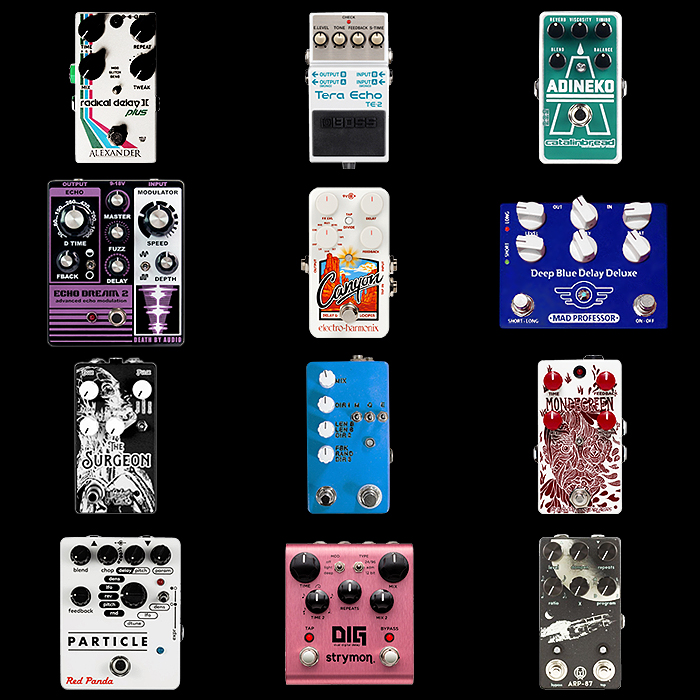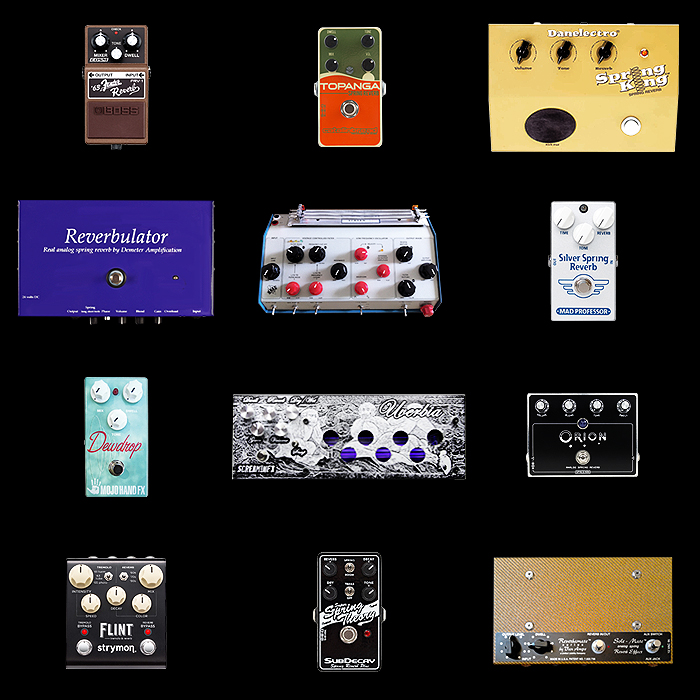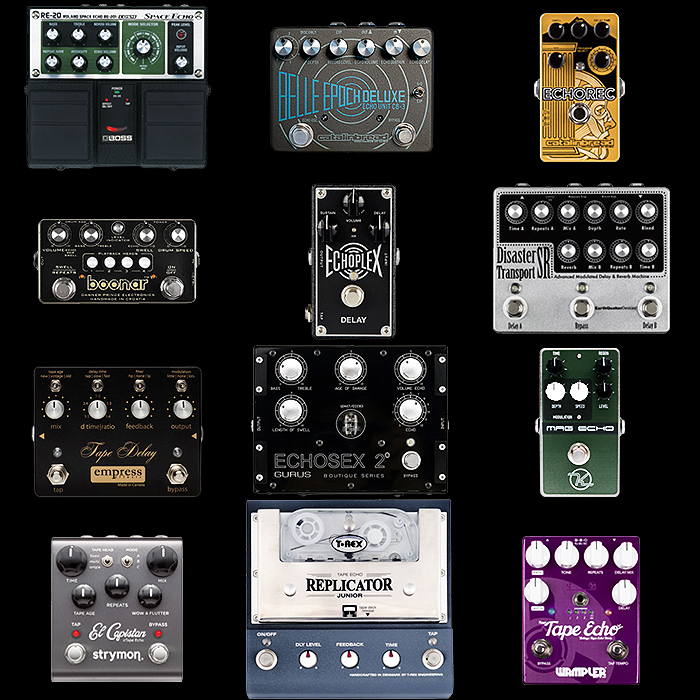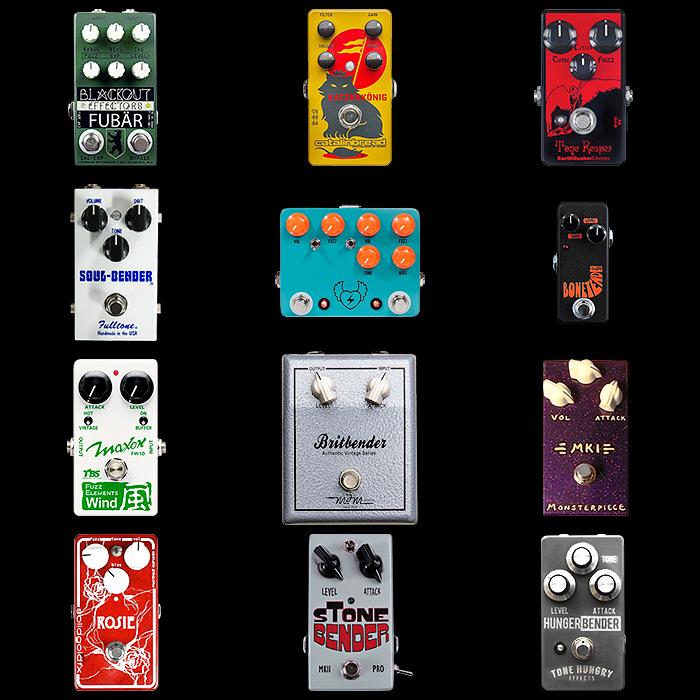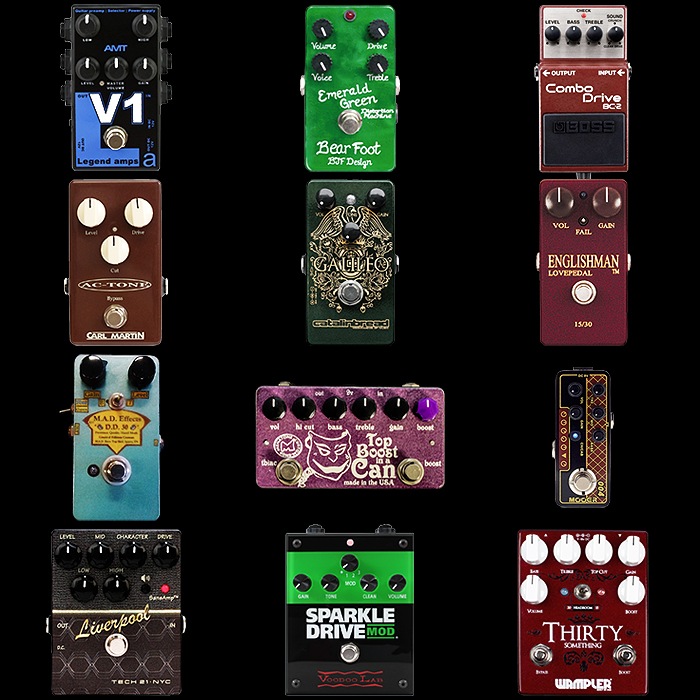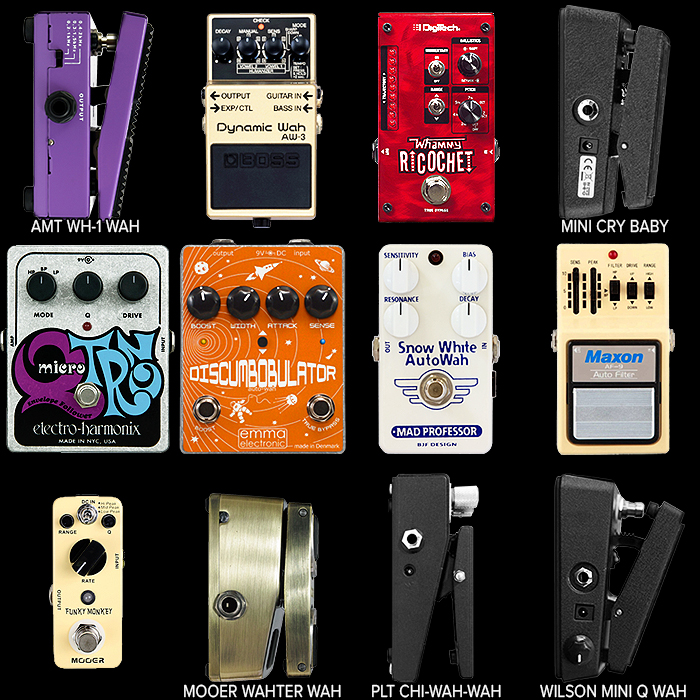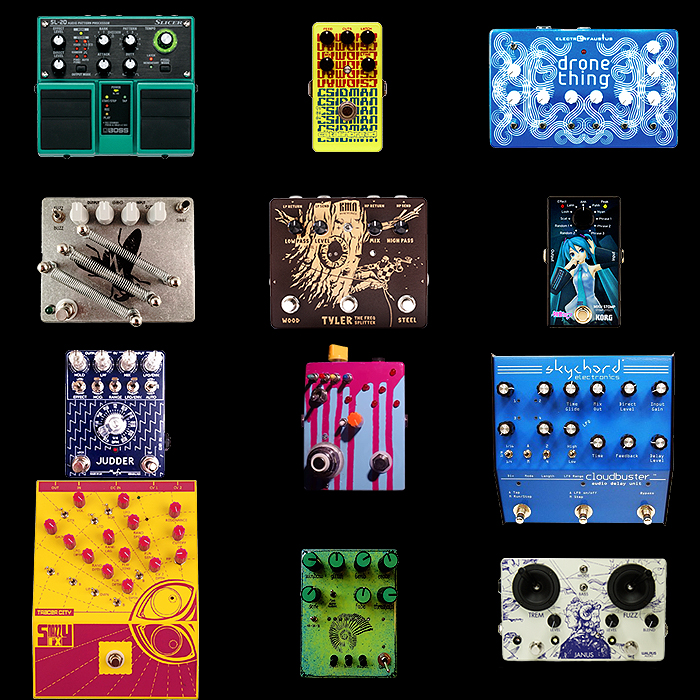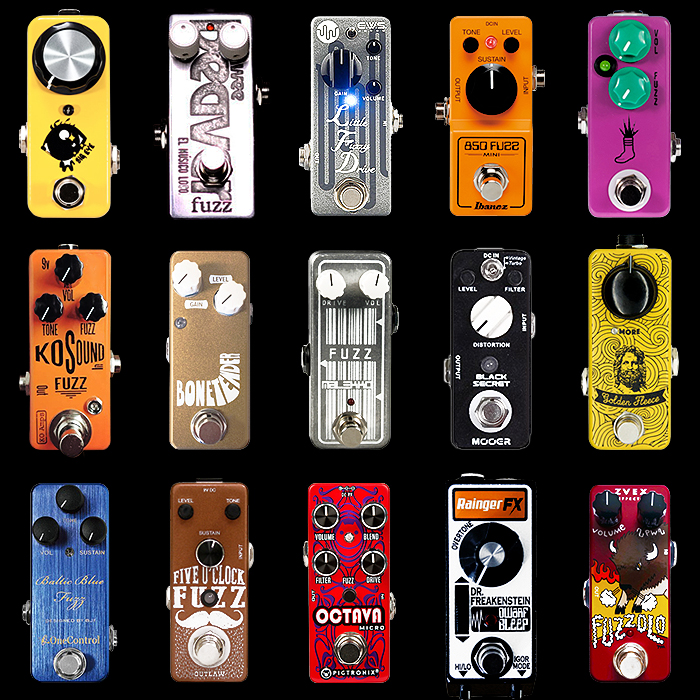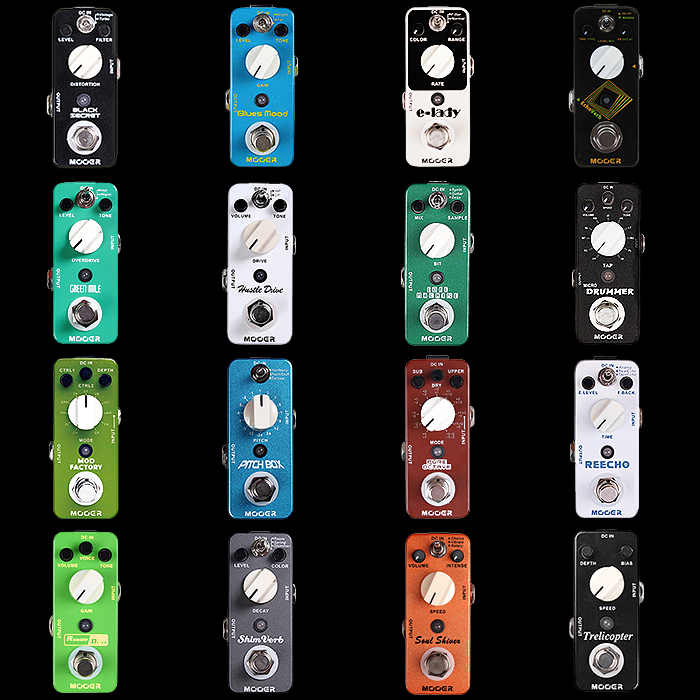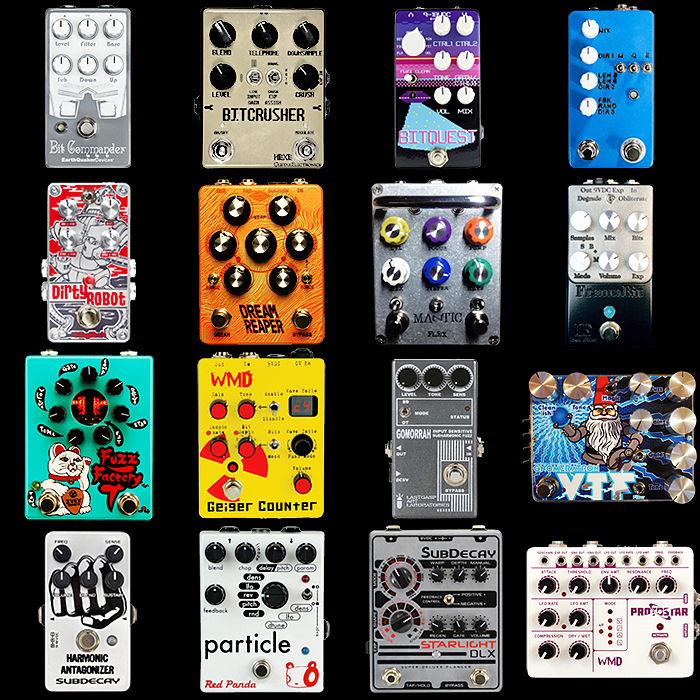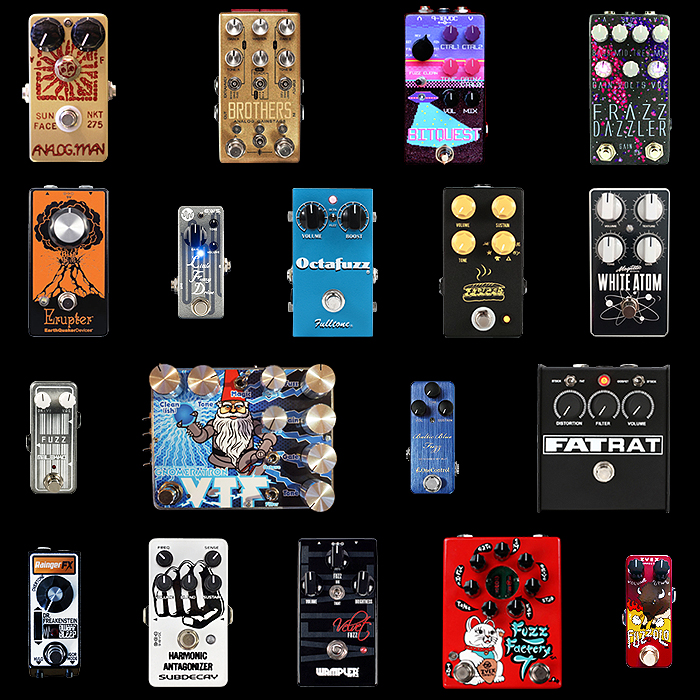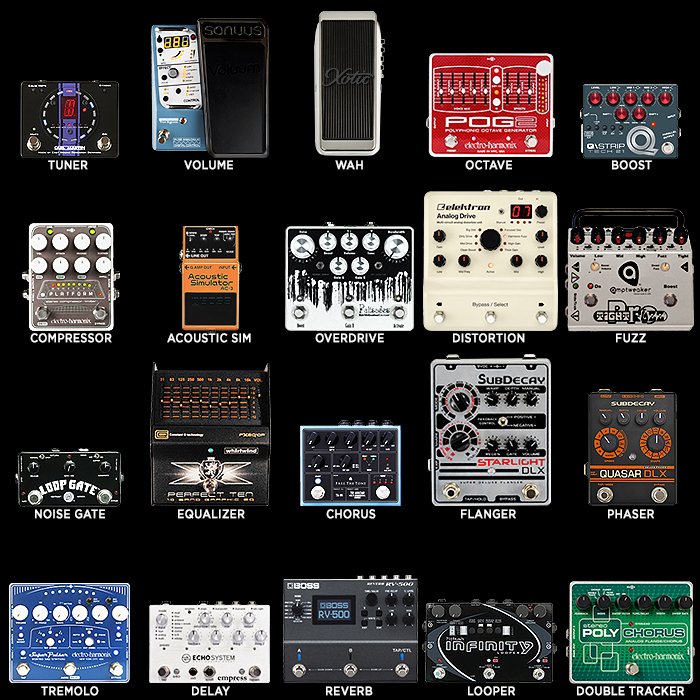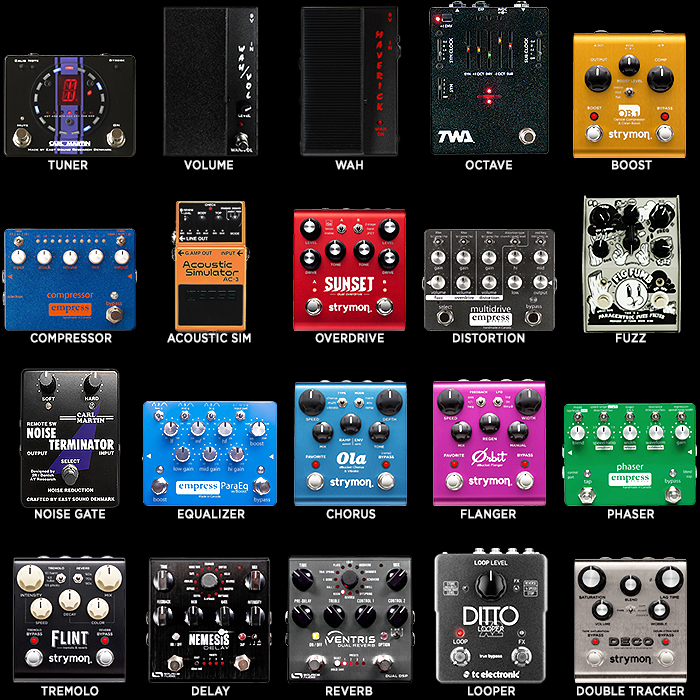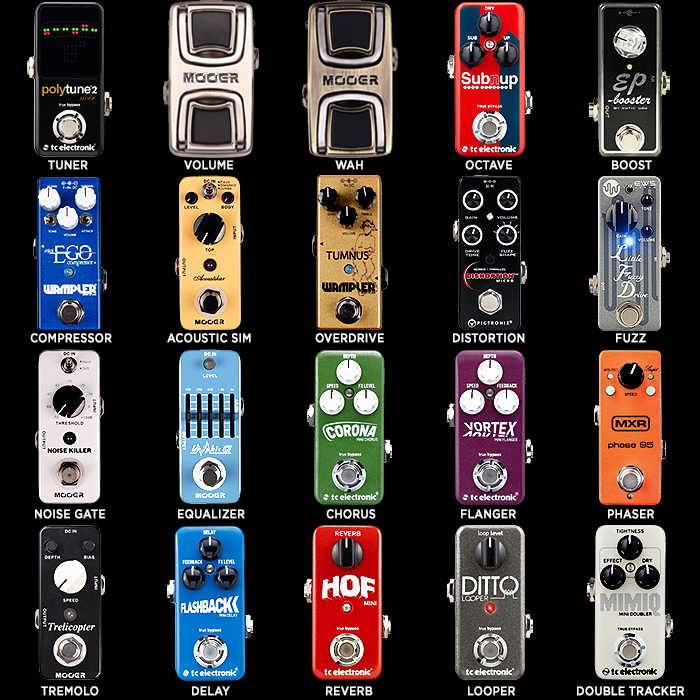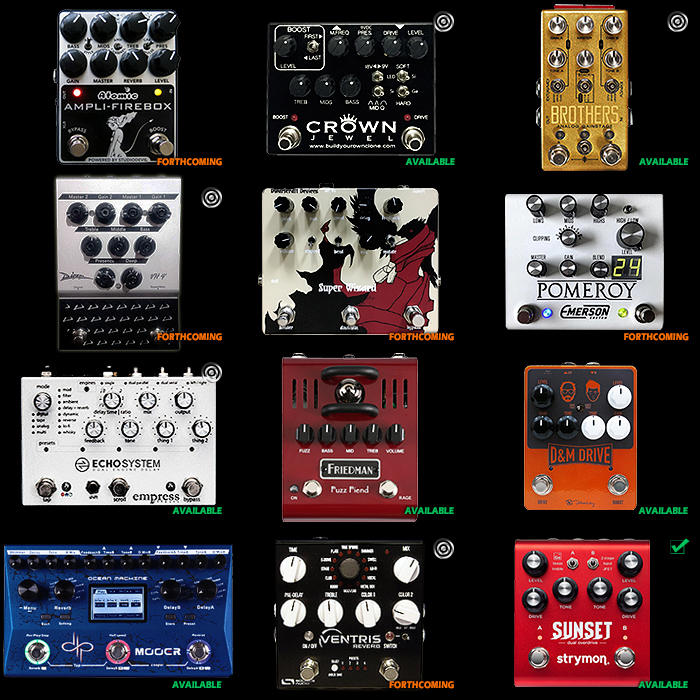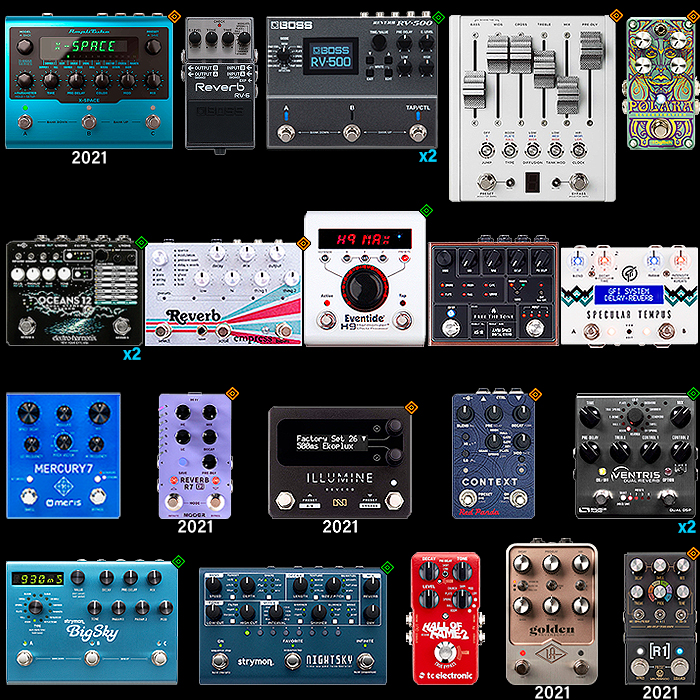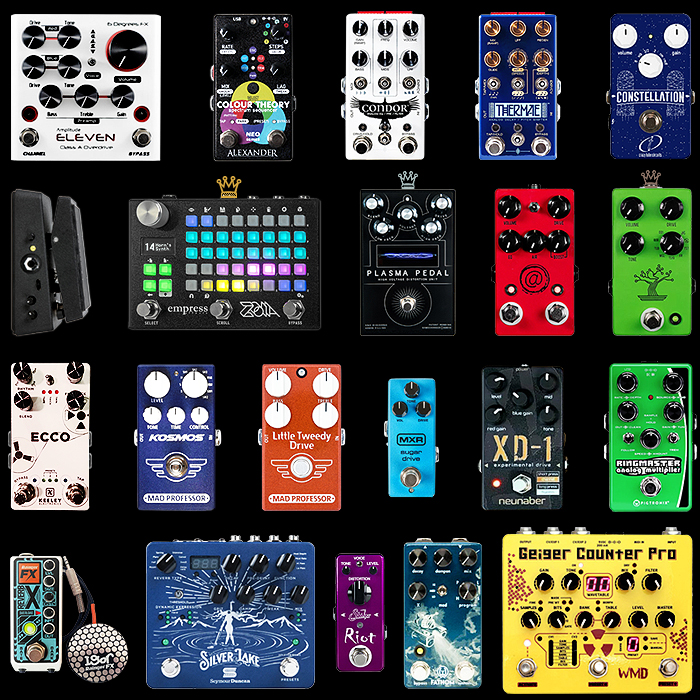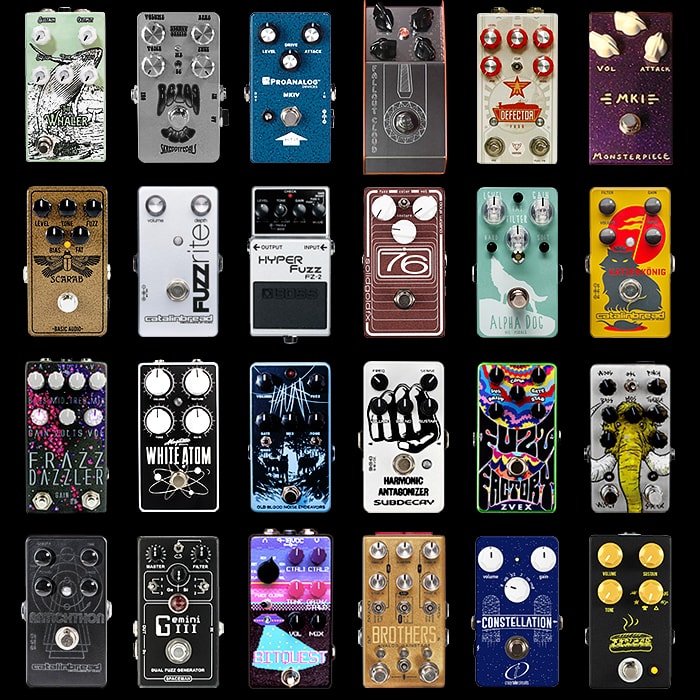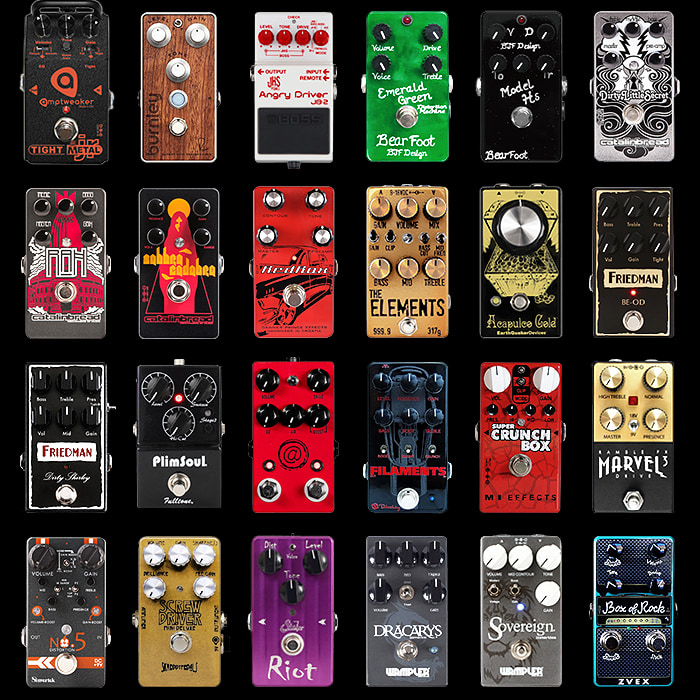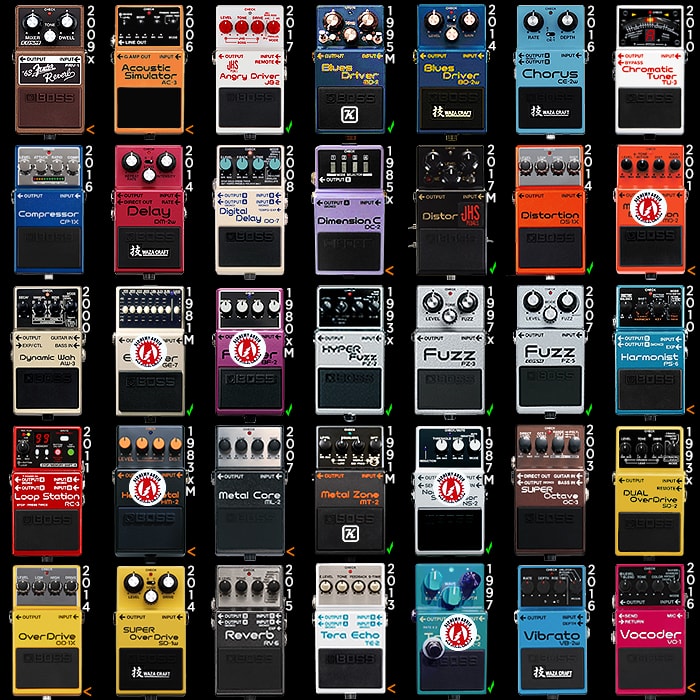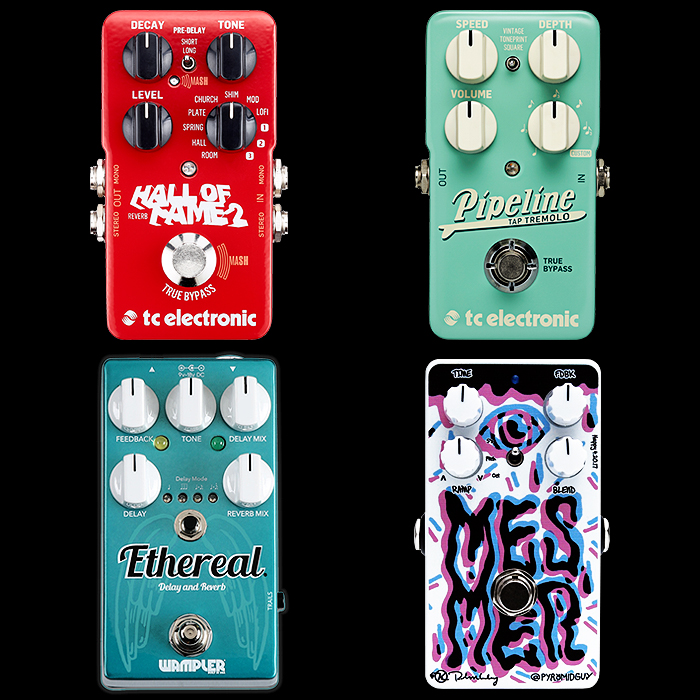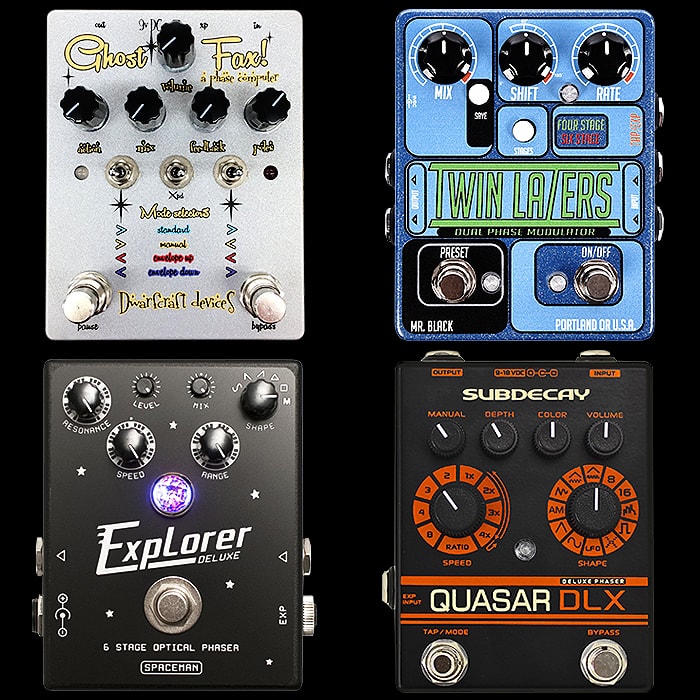12 of the Best Reverb Workstation Pedals for your Consideration
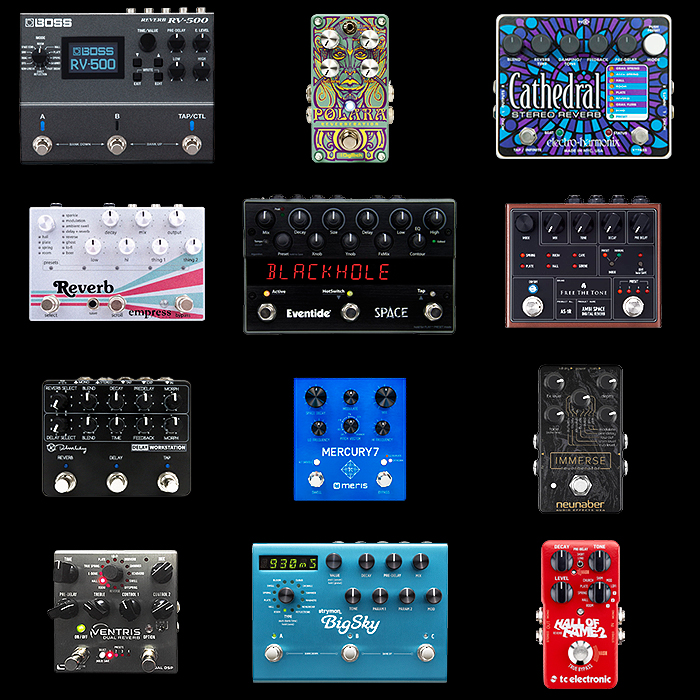
Reverb is one of my must have pedals - it’s one of 6 pedals in my chain that is always on, alongside a booster, compressor, noise gate, equalizer and double-tracker - without it, the tone is wholly missing a key dimensions. I was very fortunate in that I did some solid research right at the start, and went directly to a Strymon BigSky, an exceptionally lush pedal, which many still consider the King of Reverbs.
Even though I still love the BigSky, and it will stay permanently in my active pedal collection as it does so many things so much better than anyone else. It has recently been supplanted in my affections by the technically superior Boss RV-500. The RV-500 not only allows you to play two Reverb effects simultaneously, it allows you to combine each with a separately configured Delay - for the most amazing Gilmourish effects - all wrought through a single pedal. The power and versatility you have in the RV-500 really is exceptional. One word of a warning though to Strymon owners, that you may not immediately find all the RV-500 tones as immediately lush and pristine as the BigSky. Strymon have a wonderful knack of shaping their tone-stack into the most lush and pristine, and kind of bullet-proof default preset effects - a kind of infinite sweet spot which seems even tempered almost regardless of what you put through it.
By contrast the RV-500 has a much more neutral / flatter EQ, and you often have to tweak the presets to get the same degree of lush as Strymon seems to deliver by default. That said, with the tiniest bit of tweakage, I find the output of the Boss equally fabulous - I am particularly loving the Space Echo these days. But both these pedals are amazing and should find busloads of fans - there is no point being partisan, they are both exceptional pedals - the Boss just allows you to do quite a bit more, I also find the Boss display and menu system easier to navigate.
Strymon kind of knocked Eventide off its perch a few years ago, but Eventide is still a worthy contender with its superb ’Space’ pedal, - also in the top rung is the fairly recent Empress Reverb and likely the imminently forthcoming Source Audio Ventris - which royally had its dual-effect thunder stolen by the Boss. I like the Empress way of having everything directly accessible through the surface dials, but I also like the easy referencing of LCD / LED displays - and in terms of full controllability, the Boss is kind of leading on one front, and the Reverb in another way - in a more analogue sort of aspect. Had the Empress Reverb been a dual effect, I might have gone with that, as I totally love my Empress EchoSystem - as it is, I am really glad I held out for the Boss - sure there are areas for improvement, but as a latest generation Reverb Workstation, it surely sets a new high bar.
One level down from the real big hitters (which have 12 or more algorithms) we hit the middle pack - which is best exemplified by the Free The Tone Flight Time recently updated, The Keeley Delay Workstation - which doubles up on Delay and Reverb, and the Electro-Harmonix Cathedral.
At the most compact end of Reverb Workstation pedals, I believe that TCE’s Hall of Fame 2 has recaptured the lead - with its updated effects, MASH footswitch introduction and expanded 3 TonePrint preset slots. The HOF2 edges the Neunaber Immerse aside, which wins over the DigiTech Polara by dint of its slightly more clever modulation controls. The Meris Mercury 7 is a bit of an oddity as it’s not really what I would term a full-range Reverb Workstation with say Room, Hall, Plate, Spring, Shimmer etc. options, but it does have a number of secondary (Strymon-alike) hidden options which give it greater versatility than you would originally thinks, and it is a fairly pristine render of a full-fat rack-mounted Reverb, so that for some players could be everything they need.
For my liking I am pretty convinced I have the right pedal for me in the Boss RV-500, the Strymon BigSky is also an exceptional deputy. In the middle size category I like the look (and sound) of the Keeley, while if I was really pressed for space I would elect to go with a Ventris (when finally released - September?) or the HOF2. I may even so just acquire a Hall of Fame 2 for extra textures and some MASH fun, even though I really don’t need it.
Note that pedals are listed alphabetically by brand:
Boss RV-500 - £339
In my opinion the new King of the Reverb Workstations - with Dual simultaneous Reverb Effects each with its own configurable / selectable delay (in essence 4 simultaneous effects therefore) - key algorithms are - Room | Hall | Plate | Spring | Shimmer | Fast Decay | Early Reflection | Non-Linear | SFX | Dual | SRV | Space Echo - my current go-to's are Fast Decay and Space Echo. Has the largest amount of configurable sub-menu options too, but all the important settings can be quickly effected on the surface. Sub-menus allow you to assign all manner of modulations, ducking and reverse effects. This is a truly phenomenal Reverb pedal and surely top of the class in terms of technical proficiency and overall feature set.
DigiTech Polara - £123
Never forget that DigiTech is sister company to the Studio Engineer's favourite Reverb rack effects - Lexicon. So you can count on the DigiTech Polara to have a serious flavour of those pristine studio tones. Possibly somewhat outpaced by the newer Neunaber Immerse and almost brand new Hall of Fame 2, the Polara nevertheless gives you incredible reverb tones via 7 modes - Modulated | Halo | Hall | Spring | Room | Plate | Reverse. A highly capable pedal, and the lowest priced in this selection.
Electro-Harmonix Cathedral - £204
Somewhat unsung and overlooked of late - with its 8 reverb flavours - Grail Spring | Accu Spring | Hall | Room | Plate | Reverse | Grail Flerb | Echo - this is a pretty useful mid-level offering, not quite up with the class-leading big box reverbs, but holds its own in the middle ground.
Empress Reverb - £449
After I had acquired my EchoSystem, I spent a long time doing due diligence on the Empress Reverb, comparing it initially to the Strymon BigSky which was my active Reverb then, and latterly with the Boss RV-500, which is my current preference. The Empress Reverb is a great pedal - with lots of algorithm options and smart direct configurability. Yet it was really just different to and not a game-changer versus the BigSky - and does not have enough of the EchoSystem to adequately compete with the Boss RV-500. If you want a mid-sized do-everything Reverb, this comes highly recommended, and it has several advantages over the digital control panel alternatives, as well as several inherent weaknesses - it covers the following key algorithms - Hall | Plate | Spring | Room | Sparkle | Modulation | Ambient Swell | Delay + Reverb | Reverse | Ghost | Lo-fi | Beer. Just as I think the Space Echo is the killer reverb on the Boss RV-500, the BigSky has the really cool Chorale, The Eventide Space has Blackhole, and the Empress Reverb - the inimitable 'Ghost'.
Eventide Space - £509
This was the King of Reverbs for a while - before Strymon stole its throne, the original 12 algorithms pedal - Room | Plate | Spring | Hall | Blackhole | Shimmer | Reverse | ModEchoVerb | DualVerb | MangledVerb | DynaVerb | TremoloVerb. Many older pro players favour this, it links particularly well with Midi Controls etc. and works well in a live environment. Strymon though has stolen most of the attention away from Eventide for this type of pedal, even though the Space is still an exceptional Reverb and still has many fans.
Free The Tone Ambi Space AS-1R - £368
An elegant wooden enclosure Japanese pedal with a more limited set of algorithms than most here - Spring | Room | Cave | Plate | Hall | Serene, with 4 presets and 4 very simply configurable surface dials. On the larger side for my liking - considering number of modes contained, but many love its tone and relative simplicity - for a relatively similar-sized enclosure I might be more tempted by the Keeley Delay Workstation, but if you value pristine tone and simplicity - this may very well be the right pedal for you.
Keeley Delay Workstation - £299
In some ways this is like half a Boss RV-500 in that it handles both Reverb and Delay simultaneously - although only one of each. You have 6 Reverb + 2 Delays on one Channel - Spring | Chamber | Hall | Plate | Shimmer | Flanged | Tape (Delay) | Digital (Delay) and 8 Delay Effects on the other Channel - Slapback | Tape | Multihead | Analog | Digital | Subdivided | Ducking | Pitch. Really high fidelity and incredibly compact for all the modes you get - apart from mode selector, you have 4 control dials on each Channel to tweak the settings - which is no different to the surface dials on the Boss. This pedal really intrigues me, and would be a great solution for a compact pedalboard. Because it features both Reverb and Delay, it features within both my Reverb and Delay category selections - for its size and feature set it really stands out - shame that there are not more players using it.
Meris Mercury 7 - £318
This Reverb pedal is inspired by the Bladerunner soundtrack, and even though it only has two reverb modes as such - Ultraplate | Cathedra - each of the 6 dials has alternative functions with tonnes of modulation ability on tap plus octave and pitch modulation effects - Shimmer | Vibrato etc. This is as far from a vanilla Reverb as you can get really but is remarkably powerful and versatile despite relatively few controls. For certain players - probably ambient players in particular, this may prove to be the perfect reverb workstation - it's certainly highly cinematic in flavour and beautifully ethereal sounding.
Neunaber Immerse - £215
Until very recently the Neunaber Immerse seemed to be winning the battle for hearts and minds in the compact / regular pedal category. A really elegant solution with truly smart and intuitive controls, matched by pristine effects - 8 modes - Wet | Hall | Plate | Spring | Shimmer A | Shimmer B | +Echo | +Detune. It has had its thunder somewhat stolen by the very new TCE Hall of Fame 2 - whose MASH footswitch is definitely a game-changer in the single footswitch pedal category. The Hall of Fame 2 has significantly more versatility now via its 3 configurable TonePrint slots. Nonetheless The Immerse is immense in its own way, and will still find plenty of fans.
Source Audio Ventris - £389 (estimated)
This is a pedal we've known about for a long time, and were really expecting to be out already. Of course there is no point in releasing a pedal if it's not 100% as perfect as it can be at launch, and the Source Audio engineers obviously feel there is further fine-tuning to be done. What is wholly set now though is what the enclosure looks like, what the controls and knobs are, and which are the starting 12 default algorithms - True Spring | Halo | Swell | Lo-Fi | Choir | Metal Box | ModVerb | Room | Club | Stage | E-Dome | Plate. Latest updates indicate September launch - so we will wait and see. I was very keen for this pedal to be released, but as mentioned in the intro - the Boss RV-500 has come along offering Dual Reverb plus Dual corresponding Delays. The Ventris does of course have some aces up its sleeve - its relatively compact size for starters, and the app which allows you to update and change the default modes as you see fit. There's no saying if this had come out first whether I would have settled here versus the Boss - seems the unfortunate delays have given Boss a serious first-mover advantage - that's not to say the Ventris won't be fully competitive - it's a different kind of pedal really, and if its sounds are as elegant as those achieved with the Nemesis, then Source Audio should be onto another winner. Having just recently acquired the Boss though, I am in no hurry / mood to swap again any time soon. But will keep an eye on proceedings - as this really looks like it could be special too.
Strymon BigSky - £429
My much beloved and alas incumbent workstation has recently been unseated by the Boss RV-500. That is not to say I don't love the BigSky still - I just currently prefer the abilities the Boss gives me. Of course I miss many of the pristine tones of the BigSky. As I said in the intro, Strymon's special sauce is dialling in lush pristine default presets which don't mangle the sound of pretty much anything you care to run through the pedal. I've noticed with other pedals that you get low frequency warble and sort of compression type distortion which the Strymon pedals seem to cleverly filter out. They do of course utilise High and Low Pass filters, but I am guessing they cleverly manipulate frequencies in the tone stack to guarantee the best possible throughput. You really don't have to tweak the EQ or other key tone settings really - with Strymon it's just really about altering the effects parameters for different styles of effect - they almost always seem to sound great - pretty much regardless. The BigSky's 12 algorithms are - Room | Hall | Plate | Spring | Swell | Bloom | Cloud | Chorale | Shimmer | Magneto | Nonlinear | Reflections. With its exceptional Midi Control options and pristine studio tones, this pedal will likely remain the professional's choice for a while longer, even though the Boss RV-500 is making serious inroads.
TC Electronic Hall of Fame 2 - £147
The very recently revamped Hall of Fame benefits from 3 innovations - updated and refined default algorithms, including new Church and Shimmer, 3 TonePrint presets in place of 1, and the rather magical pressure-sensitive MASH footswitch for a plethoral of momentary effects - swell, decay, hold etc. The amount of features you get in such a relatively small pedal - with Stereo ins and outs etc., is incredible. The HOF was losing some ground to the Neunaber Immerse, but the HOF is now back in the ascendancy. They are slightly different pedals for sure, but the HOF has just upped the degree of playability and dynamism that few pedals can compete with - particularly at this form factor. I certainly don't need another Reverb right now, but would still like to tag one of these to the end of my pedal chain just for sake of experimentation, and having fun playing with the various TonePrint and MASH permutations. The HOF2 modes are - Room | Hall | Spring | Plate | Church | Shimmer | Modulation | Lofi | TonePrint 1 | TonePrint 2 | TonePrint 3.
So as a sort of summary, I would say that you really cannot go wrong with any of the selection presented here - each has its own specialities and strengths. There is no doubt that the Boss RV-500 is currently the most technically proficient Reverb pedal on the market, but you may prefer the tone and effects on another of the alternatives here. I will be retaining both the Boss and Strymon long-term, and may possibly add the Keeley, Mercury 7, Ventris, and most definitely the HOF2 sometime along the way over the next months and years. I also hear rumours that next year or so will see a new Empress Reverb - more along the lines of the EchoSystem, so I will keep and eye out for that too. Fans of Reverb have never had more choice - and I've only focused on the key workstations here, there are tonnes of more dedicated reverbs - which just do one or two things e.g. Spring Reverb. I considered several pedals which did not quite make the cut - including the MXR M300 Reverb, which was essentially pipped by the DigiTech Polara. If you are looking for an all-rounder Reverb pedal, I can't think of a better selection for consideration than the one presented here - you have a variety of sizes, types, complexities and price-points - hopefully something for everyone.
















